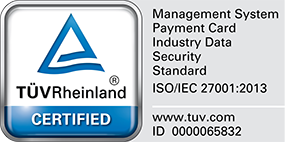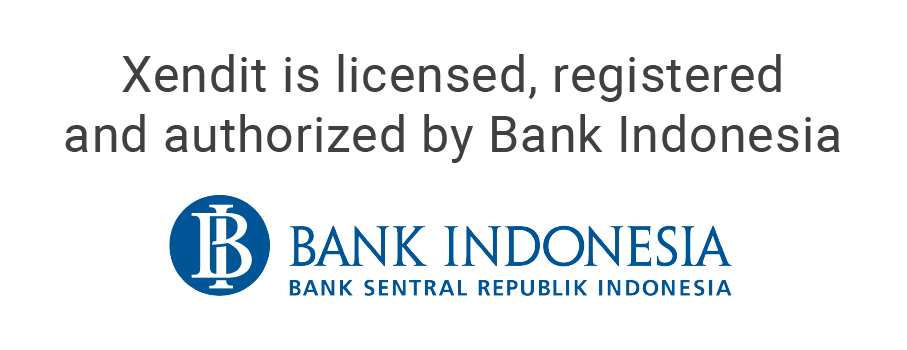Hire
It has never been easier to apply for jobs because of the introduction of different job recruitment sites and widespread ‘we’re hiring’ information. Therefore, it is important to make sure to make clear job descriptions. Make it clear what the role is and what are the responsibilities, along with the skills and experiences you’d like the candidate to bring to the table. If your company has done some recruiting in the past, look through your past metrics to identify what are the different recruitment sourcing funnels and what are the ratios of successful applicants. Once you’ve identified what is the most effective funnel for hiring for your company, double down on that method and push more resources to get more leads through that particular funnel. Interviewing is a skill and it is important to host interview training that teaches about different interviewing structures that will allow your team to assess different types of skills and intellectual curiosity of each candidate. Remember that there are biases in hiring and you tend to hire people like you so make sure that a good diverse group of people are interviewing each candidate to make sure that it is an objective hire.
Hire people you want to spend your days with. Xendit filters out their candidates through a trial day where the candidate self-selects if they are or are not willing to commit one work day to doing the trial day. Candidates are usually taken through ‘real work day’ where they are treated like it is their real first day at Xendit. They will work through projects with their potential teams and get to see the company in the rawest and true functioning form. These trial days can be especially important when you are hiring for leadership and senior roles, as it is a decision you are making for the long run. Get into a room with candidate and try making decisions with them for a day. Understanding the interpersonal dynamics and how the person analyzes options on-the-ground will reflect how effective they would be as a leader in your company.
Fire
Firing someone is never easy for yourself and will definitely bring down the team or company morale. However, it is important to fire people who are toxic to your company’s culture and people who won’t change and support the rest of the team. So when you do decide to layoff someone, it is generally better to have one large layoff than many smaller ones. If and when you do a layoff, make sure to compensate the people you are letting go generously and then after, find bonding opportunities for you and the rest of the team or company to do together to rebuild team morale. Hold events that remind your people what they like and appreciate about each other and the company. Firing is a difficult but crucial process if you want to maintain a promote a healthy company culture.
Incentivize
Start with defining what ‘success’ looks like for your team to help your team better understand what is considered good behavior and what their roles and responsibilities are to bring that success to the team. Their roles and responsibilities may be formally represented in the form of Key Performance Indicator (KPIs) or Objectives and Key Results (OKRs), which should help each team member prioritize their work and strive for the overall success of the team. Setting formal metrics might cause friction and stress for many employees and therefore it is important to frame the discussion around OKRs as an alignment tool and not a measurement tool. Setting the first set of OKRs (figuring out what is a fair number) is normally an experiment. In Xendit, our sales team have equity and never had sales metrics, but if we were to start setting sales goals, we would start with a reasonable baseline of number of sales and start measuring to see if it is too high or low, without forcing the expectation onto the team.
The next step is to understand how to motivate and drive your team to deliver their objectives and goals. And once they achieve their goals, it is important to reward good behavior and achievements. Different team members will view incentives differently – some might prefer financial incentives while others might prefer being publicly acknowledged for their work and results. It is the manager’s job to ask and find out how to best incentivize each member in the team to promote healthy, good behavior.
Punish
Be mindful about what is ‘punishable’ in your team. It is easy to discourage behaviors that don’t bring revenue but if it is your company’s culture to support experimentation and innovation, you need to make sure that the team knows that they will not be punished for ‘experimenting and failing’. In the startup world, it is natural to test and fail, Xendit pivoted twice in its first 6 months. Assign teams to have exploit vs experimentation roles. Experimentation will work better when you make a framework of what success and failure looks like, which will fail 9 out of 10 times and your team should be made aware of that. They need to understand that failures that teach you something are more of a lesson learned.
Make sure that the punishment fits the crime and do your best to try to change their behaviors because it might just be their lack of experience or perspective rather than their personalities. However, if reprimanding hasn’t changed the toxic behavior, you might have to give the ultimate punishment of firing them.
The article above was derived from a discussion held during our XenTalks with Shiyan Koh and Moses Lo.
Shiyan is Managing Partner at Hustle Fund; a pre-seed firm founded by former 500 Startups partners Elizabeth Yin and Erich Bahn. Prior joining Hustle Fund, Shiyan was the VP of Business Operations and Corporate Development at NerdWallet, a personal finance company where she was employee #10, and now worth in excess of USD500 million. Shiyan holds an MBA at Harvard Business School and a BA from Stanford University. She writes blogs in her spare time.
Moses is the CEO and founder of Xendit, one of Forbes Asia’s 30 under 30. Moses has expertise in diverse sectors, from being in BCG to years of exposure in working and gaining experiences in various Silicon Valley companies, such as PayPal, Amazon, Expedia, Microsoft, IBM, and Ripple Labs. Xendit is the first Indonesian startup that graduated from Y Combinator (The world’s best incubators in the direction of Paul Graham who invested in companies such as Dropbox, Airbnb, Reddit) in San Francisco.












